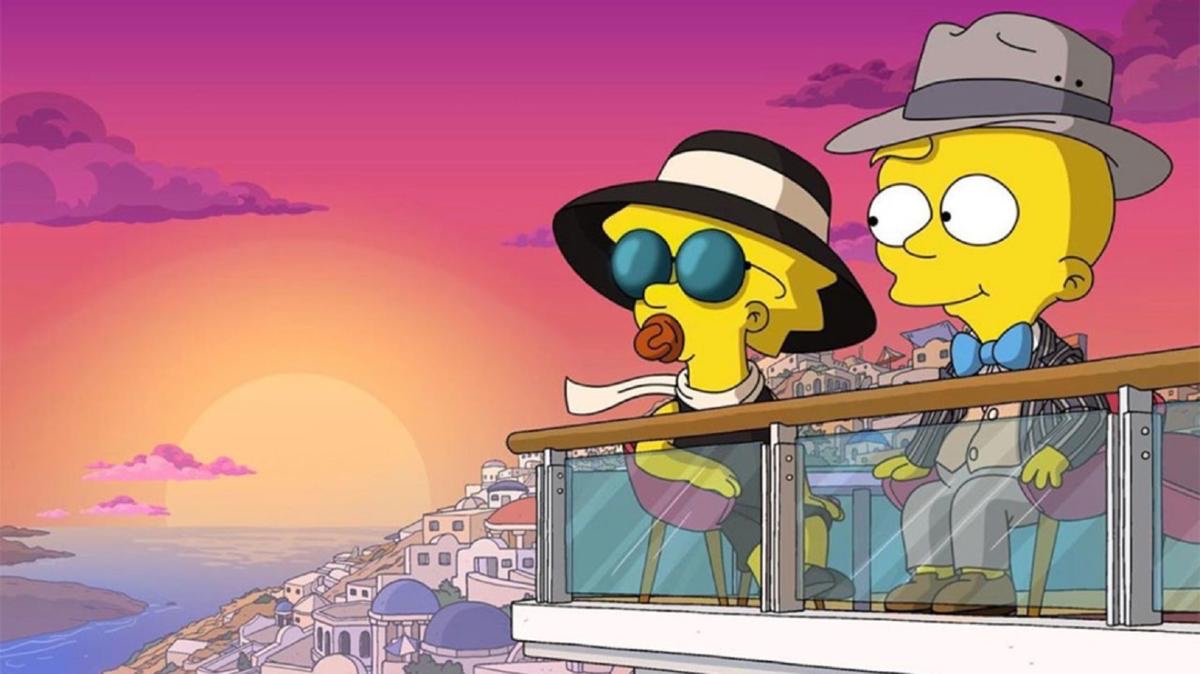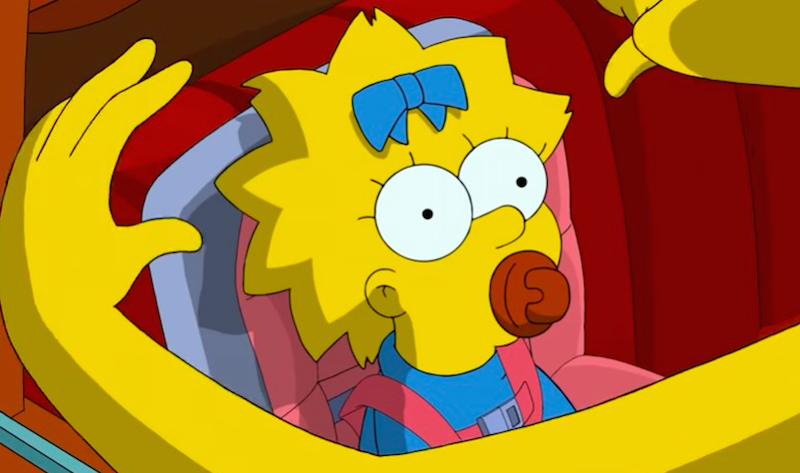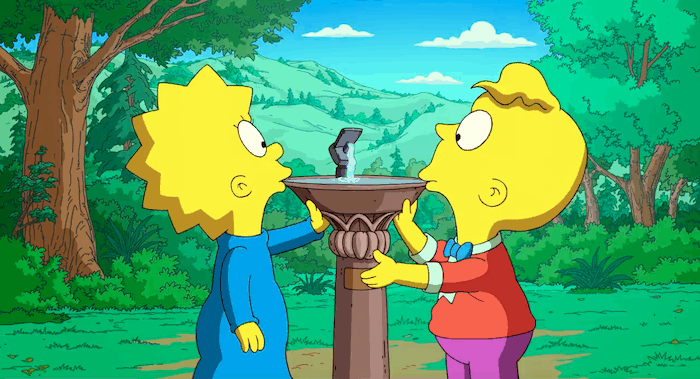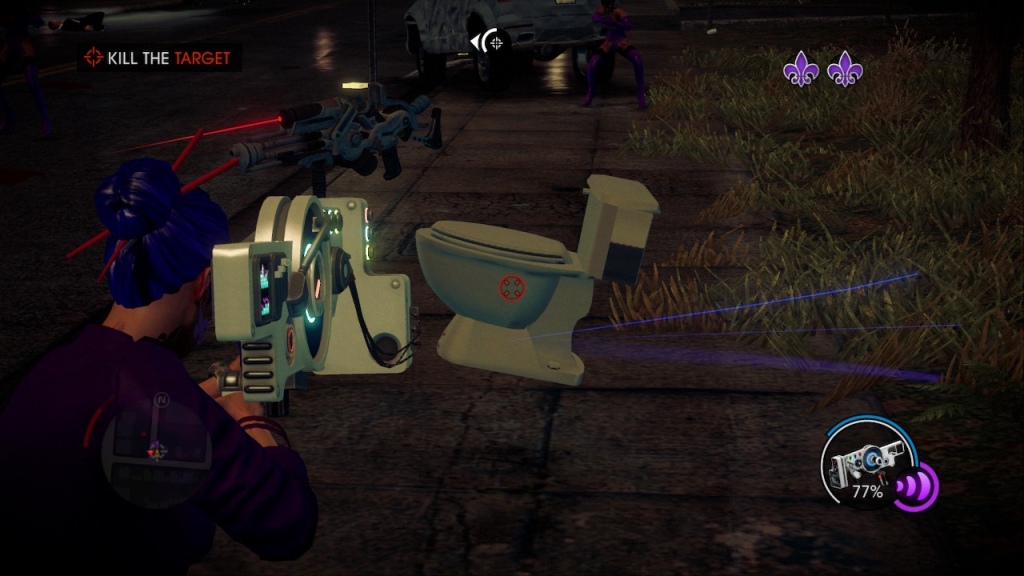It’s one of my biggest pop culture pet peeves when someone holds up a game, movie or TV show and quips “you wouldn’t get away with that these days!” It’s even worse when what they’re talking about is something incredibly tame, like when Steve Carell said it of The Office. They get away with It’s Always Sunny In Philadelphia these days; a show which features blackface, molestation jokes and an exercise bike with a dildo attached to fist the user into exercising harder. They get away with South Park. They get away with GTA V.
So when news of the Saint’s Row: The Third’s remastering emerged, my rolled almost out of my skull hearing people hot take that “ooh, this won’t have aged well.” Playing it though, I found that in fact it had not aged particularly well, just not for the reasons I – or anybody else -would have thought.
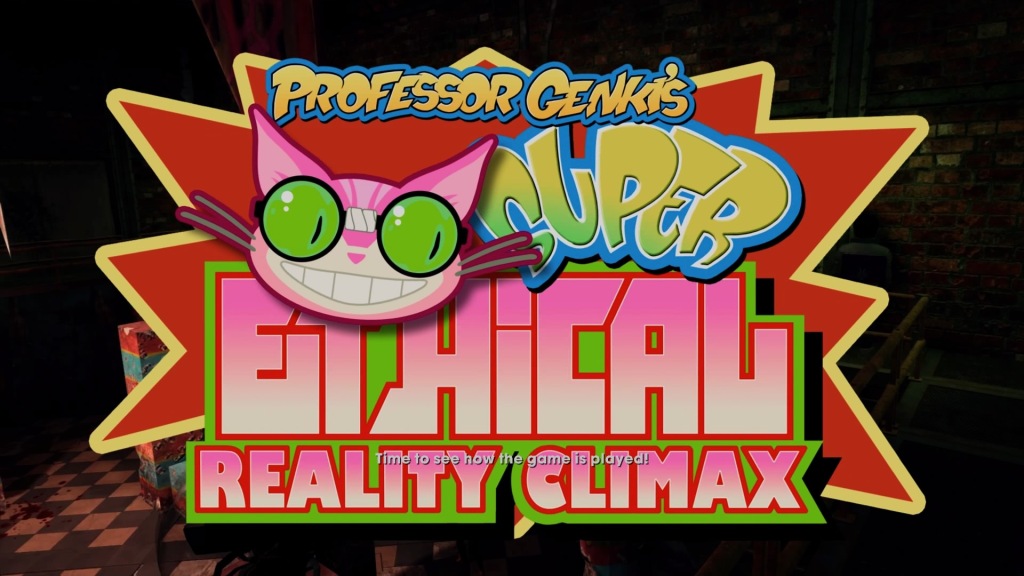
The game is wacky. That’s it’s whole deal. It has explicit, gross out humour; it’s the kind of game Dane Cook would comb out of his armpit hair. But these are all huge positives for the game, and while you could argue it’s presentation of women isn’t perfect, it features highly charged sexual imagery of men almost as often, allows your player character to be female and places several powerful women front and centre. So while I get that parts might seem distasteful, I don’t think that’s any more true now than it was at release.
However, its position in the Saint’s Row universe has changed drastically since it first came out, and that’s why revisiting it wasn’t as much of a blast as I’d hoped. Initially, the game spun away from the ‘GTA but a bit silly’ identity of SR1 & SR2 and established itself as an open world carnage simulator. Saint’s Row 4 picked up that mantle and ran with it, adding aliens, superpowers and sex with Kinzie into the mix. Now, especially so hot on the heels of the SR4 Switch port, you don’t notice everything that got so much bigger from Saint’s Row 2, you notice everything that’s so much smaller than Saint’s Row 4.
Perhaps this is a tad unfair. The game might exist in a wider series, but should mostly be judged on its own merit. With Saint’s Row: The Third, what it boils down to is very simple. It’s a very fun, easy going game that lets you go wild and blow shit up. But far too often, this flow comes and goes as the game struggles to struggles to organise the chaos.

The side quests come in three main difficulties; easy, long, and hard. While that’s suggestive enough to sound like Saint’s Row’s dialect, they’re actually called easy, medium, and hard, thought long is more appropriate. The side quests are supposed to twist the madness up even further, but the easy ones have no challenge, the medium ones have no challenge but ask you to, say, bomb the streets with a tank for literally six unbroken minutes, and the hard challenges as the same, but there’s a decent chance you’ll fail and have to try again.
The mechanics are all just a bit too fiddly to put up with in a game that’s supposed to be about running wild, and the remaster hasn’t fixed the niggles that we excused in the original.
If you just play the main storyline, however, you’ll notice this far less often. It’s jam packed with marquee moments, and teaches the side quests how its done. Within the first ten minutes, you’ve robbed a bank while wearing a mask of your own merch, literally stolen the whole vault because you couldn’t break into it, jumped out of a plane, machine gunned goons while skydiving, and jumped back through the windshield of the same plane. Your first big raid on another gang’s turf is all set to the soundtrack of Kayne West’s Power, and despite the lack of superpowers, the main missions do everything they can to make you feel like you’re a superhero.

The only real issue the main quests have at all comes between the transition of Act 1 and Act 2. Act 1’s finale is meaty enough, but that’s fairly fitting as a bookend to the game’s intro. The problem is that Act 2 begins with three separate missions (recruiting Kinzie, Zimos and Angel) which must be completed immediately, with no chance of running off to have some side quest fun in the middle. You’ve already unlocked a sizeable chunk of them by that point, so it just seems like a strange, deflating direction to take the game in.
As for the characters themselves, you might not have remembered Angel, but that’s because he’s so flat and lifeless you had no reason to. As for Zimos, he’s memorable in all the wrong ways, with his throat microphone, autotuned voice shtick getting old incredibly quickly. Kinzie is the highlight, be doesn’t really come into her own until you take on Matt Miller’s simulation towards the two-thirds point of the game. Most of the characters are like a 10p mixup. They’re fun and colourful while they last, but not particularly memorable.

All in all, it’s a pretty fun game with some great bursts of humour, but it’s difficult to recommend this when Saint’s Row 4 exists. It’s a new gloss of paint for the fans to enjoy, but as a starting point, it includes parts 2 does better and parts 4 does better. While the original was exciting, the remaster feels like a forgotten middle child.
SCORE: 7.5/10


